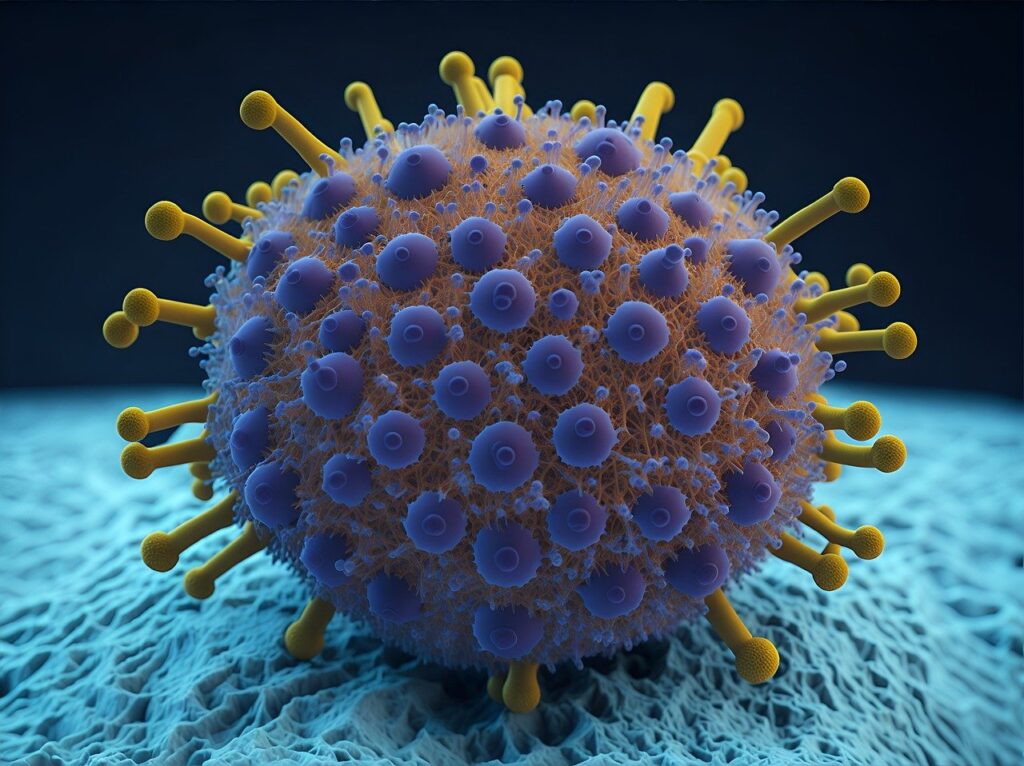CBS News reports: A deadly bacterial infection is spreading in Japan. Here’s what you need to know about its causes and prevention:
Overview of the Situation
In recent months, Japan has been grappling with a significant health crisis because of an alarming rise in cases of streptococcal toxic shock syndrome (STSS). This rare but severe bacterial infection has been causing widespread concern, with the Japanese National Institute of Infectious Diseases (NIID) issuing warnings about its rapid spread. As of June 2, 2024, Japan’s health ministry has reported 977 cases since the beginning of the year, surpassing 941 cases reported in 2023. This figure is almost two-and-a-half times the number of cases reported in the United States over the same period, underscoring the outbreak’s severity in Japan.
Understanding STSS
Group A Streptococcus (GAS) bacteria cause streptococcal toxic shock syndrome (STSS), which can also result in less severe illnesses like strep throat and impetigo. However, with STSS, the bacteria release toxins that can cause rapid and severe systemic illness. The initial symptoms include fever, chills, muscle aches, nausea, and vomiting. According to Japan’s health ministry, affected individuals experience significant pain and swelling in the arms and legs. If not treated promptly, STSS can progress to a life-threatening condition, with complications such as organ failure and shock.
Potential for Epidemic
The rapid increase in STSS cases in Japan raises concerns about the potential for this outbreak to escalate into an epidemic. Several factors contribute to this risk:
- Transmission Dynamics: Similar to other streptococcal infections, STSS is primarily spread through close contact with an infected person. This means that crowded environments and close-knit communities are exceptionally vulnerable.
- Healthcare Response: Early detection and treatment are crucial for managing STSS. Japan’s healthcare system is currently under strain, and the ability to swiftly diagnose and treat this infection will be critical in preventing further spread.
- Public Awareness: Public knowledge about the symptoms and seriousness of STSS is essential for early intervention. Widespread awareness campaigns and education can help reduce the number of severe cases.
While the current numbers are concerning, effective public health measures, including prompt medical treatment, increased surveillance, and public education, can mitigate the risk of an epidemic.
Unlike COVID-19, which had a high transmission rate because it was a brand-new virus without widespread immunity, STSS results from a well-known bacterium, allowing for more specialized intervention strategies.
Relation to Biblical Prophecies
The emergence of STSS in Japan has sparked speculation about its potential connection to biblical prophecies. In the Olivet Discourse, as recorded in Matthew 24, Jesus Christ speaks of various signs that would precede His second coming, including wars, famines, earthquakes, and pestilences.
Matthew 24:7 states: “For nation shall rise against nation, and kingdom against kingdom: and there shall be famines, pestilences, and earthquakes, in divers places.”
The term “pestilences” refers to widespread diseases that cause significant mortality. Historically, many have interpreted the occurrence of epidemics and pandemics as fulfillment of this prophecy. The current STSS outbreak in Japan, with its rapid spread and severe health implications, could be seen as a modern-day manifestation of such pestilences.
Preventive Measures and Public Health Response
Preventing the spread of STSS requires a multifaceted approach:
- Hygiene Practices: Encouraging rigorous hygiene practices, including regular handwashing and avoiding close contact with infected individuals, can reduce transmission.
- Healthcare Protocols: Strengthening healthcare protocols for early diagnosis and treatment of STSS is crucial. This includes training healthcare workers to recognize symptoms and administer treatments quickly.
- Public Education: Raising public awareness about the symptoms of STSS and the importance of seeking immediate medical attention can help catch cases early before they become life-threatening.
- Research and Surveillance: Increased funding for research into STSS and enhanced surveillance systems can help track the spread of the disease and identify outbreak hotspots for targeted interventions.
Conclusion
The surge of STSS cases in Japan represents a significant public health challenge. While it has not yet reached the scale of an epidemic like COVID-19, the potential for severe health impacts and rapid spread requires vigilant monitoring and proactive measures. The parallels between this outbreak and biblical pestilences highlight the deep-rooted human inclination to seek meaning in times of crisis. However, through comprehensive public health strategies and international cooperation, it is possible to contain and manage this outbreak, preventing further escalation and protecting public health.
Click the source link below this article to view the entire narrative.

